drag badge here
Kaleb
gamer level 8
27101 xp
27101 xp
followers
31
31
Use my invite URL to register (this will give me kudos)
https://boardgaming.com/register/?invited_by=kaleb
profile badges




recent achievements

Novice Advisor
Submit 10 game tips, strategies, or house rules and receive a total of 270 positive ratings.
Submit 10 game tips, strategies, or house rules and receive a total of 270 positive ratings.

Gamer - Level 8
Earn Gamer XP to level up!
Earn Gamer XP to level up!

Mask of Agamemnon
Explore select games by completing a series of exploration actions. learn more »
Explore select games by completing a series of exploration actions. learn more »

Explorer - Level 5
Earn Explorer XP to level up by completing Explorer Quests!
Earn Explorer XP to level up by completing Explorer Quests!
Player Stats
Critic (lvl 3)
755 xp
755 xp
Explorer (lvl 5)
3646 xp
3646 xp
Professor (lvl 3)
932 xp
932 xp
Reporter (lvl 3)
1120 xp
1120 xp
About Me
Playing games is definitely a hobby, with over 2500 games I never run out of something to play. My preference is based on my company at hand, though my favorites are those by Uwe Rosenberg and Stefan Feld. Planning to make all my games available to others as a library in July 2014, and continue with large monthly game nights. Founded the nonprofit Spielbound in hopes of making this game library a reality. My claim to fame is being mentioned on Saturday Night Live in 2012 for my collection (and for being lousy at the game of Life ;-) ).
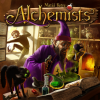








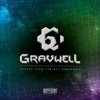

















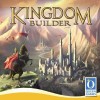









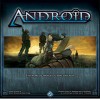
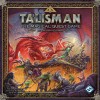



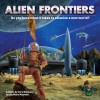















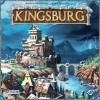


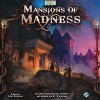

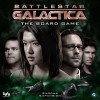
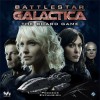







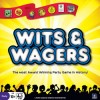





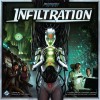
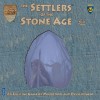
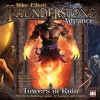










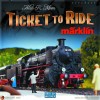
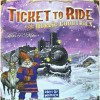
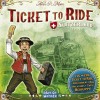





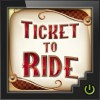
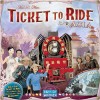
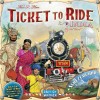
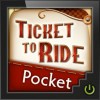

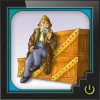



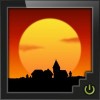
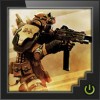







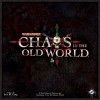




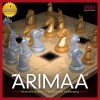
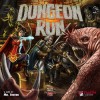
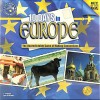



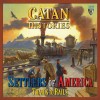
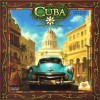
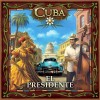




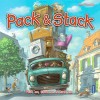





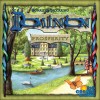


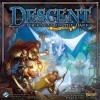




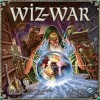
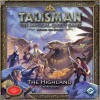
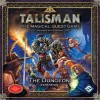





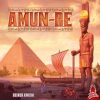


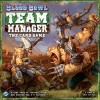
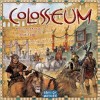

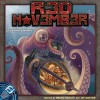


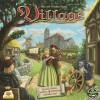

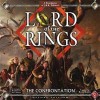








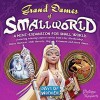
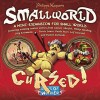


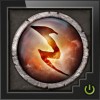









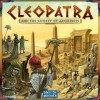
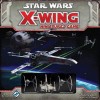



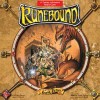






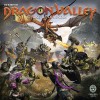
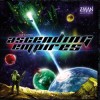
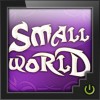
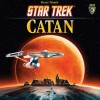




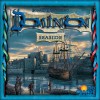




![Go to the Level 7 [escape] page Go to the Level 7 [escape] page](https://boardgaming.com/wp-content/uploads/2012/08/Level-7-escape-100x100.jpg)











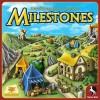









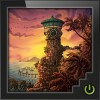
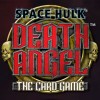


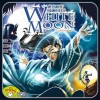
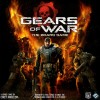





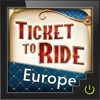
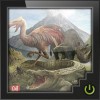


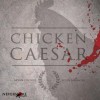
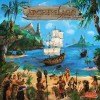





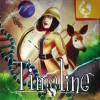
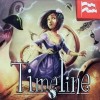
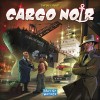


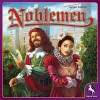

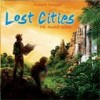


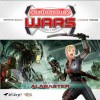



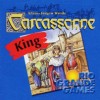
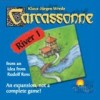




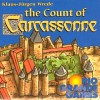



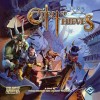




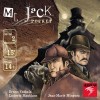


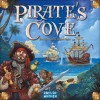


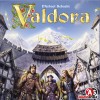

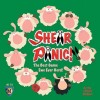







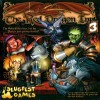

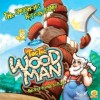


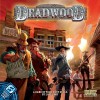







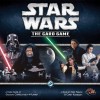


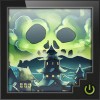
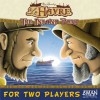

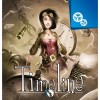


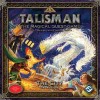






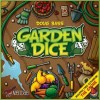
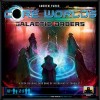






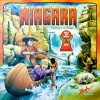


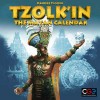






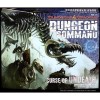






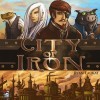


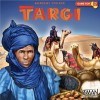
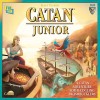




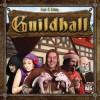

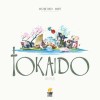
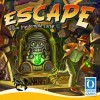
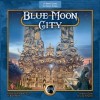














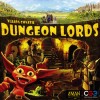

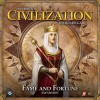
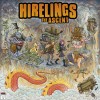
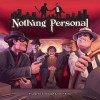

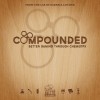






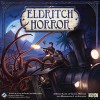







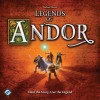

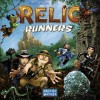
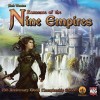
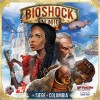

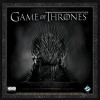
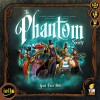









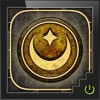












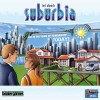

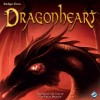









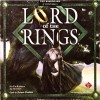

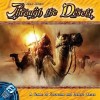



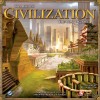








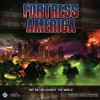
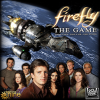
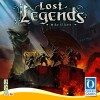







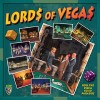


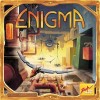




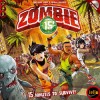













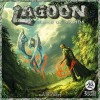







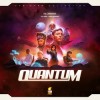




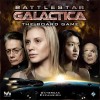



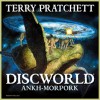

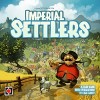










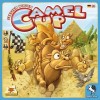




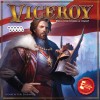







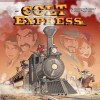

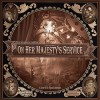






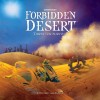


















Rise of Augustus
Briefly: Rise of Augustus is a gorgeous card game that is a new strategic take on Bingo. It’s got a bit more luck than most strategy players would prefer and the box is much bigger than needed, but it has replay value especially by varying the number of players. This will likely be a new regular for family and casual game play.
Non-briefly: Rise of Augustus initially got my attention for being nominated for the Spiel des Jahres 2013 award of which Hanabi won, so my expectations may be on the high side. The actual premise had me intrigued; each player is a representative of Augustus Caesar, the first Roman Emperor. We are competing for the title of Consul, as chosen by the Senate, by influencing senators and gaining control of provinces in the empire for additional wealth (apparently the senators like their Consul to be wealthy). Each player achieves this by only focusing on 3 (initially) objectives at a time. Each objective (senator or province) has a cost for completion on the left side and a reward for completion on the right. There is a bag that contains 23 tokens of various legion categories – a player (“town crier”) chooses one at random from the bag and announces it to all. Each player begins with access to 7 legions (wooden red meeples) that are individually placed on the left side of an objective on the icon for what the town crier called. Once a player has filled all of the object cost icons with legions they immediately announce “AVE CEASAR”, claim their reward, and then replace the objective with one of their choice from the open pool of 5 objectives. When a player has completed 7 objectives, the game ends and whoever has the most victory points from objectives and rewards wins title of Consul.
Now what makes the game not Bingo is that each objective (senator or province) has a different number and categories of legions needed for completion and the victory points achieved for each objective varies as well. Some give great powers for helping get future objectives, some negatively affect other players, and some have no powers and just provide victory points. In addition, there are several reward tiles available for players to claim when they meet the requisite criteria. These include: the first to 3 senators, 3 provinces of the same colors (3 different colors), 1 of each (3 province colors & a senator), the player with the most wheat and/or gold (produced in provinces), and then the reward tiles for having a particular number of completed objectives (2 through 6). The latter rewards add some tension since each player is only allowed to take one of these per game and its a gamble on who can get the most points in their one reward tile.
The number of legion icon tiles drawn from the bag differ by category and create a hierarchy on economic value: double swordx6, shieldx5, chariotx4, catapultx3, standardx2, daggerx1, & jokerx2. The joker can be used as a wild for any other category. When it is drawn, all of the previously drawn tiles including the joker are returned to the bag and it passes to the next person who becomes the town crier. The more daggers or standards on an objective, usually the greater the power or victory points for its completion. In addition, the number of different colored provinces also vary. The green are most plentiful, followed by purple, and then orange (only 8 in a deck of 88 cards). Fortunately you start the game with 6 objectives and choose 3 to keep, so you can quickly get an idea if you’ll have a chance of completing 3 orange provinces. Early on the objectives that reward you additional legions (more than 7 limit) and the provinces that have wheat and gold are the most popular.
Components
The quality of art throughout the game (objectives, tiles, and rule book) are wonderful. The theme is well-done and consistent throughout. The square objective cards don’t make it easy to find protective sleeves (they’re bigger than Power Grid), and the large square game box is much more than enough space for this card/tile/meeple game. The red legion meeples are unique enough that they won’t be easily confused with any other games and thin enough to fit nicely on the cards. The scoring note pad seems unnecessary to me. If you have kids who need the space for doing basic arithmetic, then it’s a plus. We found it as a way to encourage having multiple plays and just record our scores on the same sheet. The rule book is beautiful, but surprisingly for its quality in looks, it left a lot of questions that arised unanswered. Fortunately there is an online English FAQ for such occassions here. The choice to only have rewards for provinces with wheat and gold seems strange since all provinces have art for various commodities. Some speculate that this is for future expansions – so be it.
Summary thoughts
(RO)Augustus is a good family game that will find a nice fit for game nights when we need a filler game or something for those who prefer shorter and casual fare. I found the randomness of tile drawing (bingo) and cards allotted to be a source of frustration – though most players felt this at some point. The game allows for a variety of strategies, but once you commit, the game is too short to change course successfully. The FAQ was needed for us and I’ve seen others play the game incorrectly based on their rule interpretation. The theme in the art is excellent, but is lacking when it comes to the game mechanic (ie. all of the representatives of Caesar are allotted access to one legion of one type equally like Bingo?) and the addition of “Rise of” reminded me how different this is from Ryse, Son of Rome’s action. Still, I think this will go great at my next extended family gathering for those looking for a something new in the “gateway” game realm.
Lastly, Ave Maria and Bingo! were vocalized more than AVE CAESAR when we played. They were usually quickly followed by groans and even louder “Ah ****!” Results may vary! ^___^